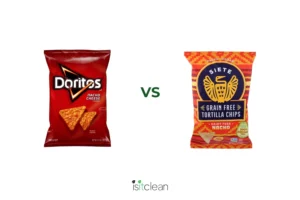
Acesulfame potassium is a zero-calorie sweetener that is added to many sugar-free…



Red #3, also known as erythrosine, is a synthetic dye derived from petroleum products that give foods and drinks a dark red appearance. Red #3 dye is typically found in desserts or candy, but can also pop up in breakfast cereals and supplements.

Red #3 is a known carcinogen (according to the FDA) and has been demonstrated to cause cancer in animals. It has also been shown that Red #3 leads to hyperactivity and other behavioral issues in children. Small children tend to consume much more Red #3 relative to their body weight due to its use in candy. Levels of dye considered safe by the FDA do not take newer research into account. Red #3 has been banned from use in other areas such as cosmetics or topical medicines, and has also been banned in the European Union for all uses except for candied and cocktail cherries.
Health is like a bank account, certain ingredients make a deposit into your health bank, meaning they add to
your health. Certain ingredients withdraw from your health bank. We want health promoting ingredients in our diet. To keep things simple, we rate ingredients on a green, yellow, red scale:

It is naturally occurring in food and has no harmful effects on the body. It is real food. It is health promoting.

It goes into one or more of the below categories

It is known to have a harmful effect on the body (ex. All food colorings, Natural Flavors, MSG, Potassium bromate, aspartame, artificial flavors)



The Food Showdown: Popcorners flavors
Ingredient Rating: Canola oil – is it bad for you?
Clean Consuming: Nourishment for your

We have accomplished so much in just 1 year since our launch in March of 2023! We now have 10,000

The Nacho Chip Food Showdown, is Tapioca Starch safe in food? and a must-see documentary on America’s food system.
Stay in the know with the latest ratings, articles, and our newsletter, The Dirt.